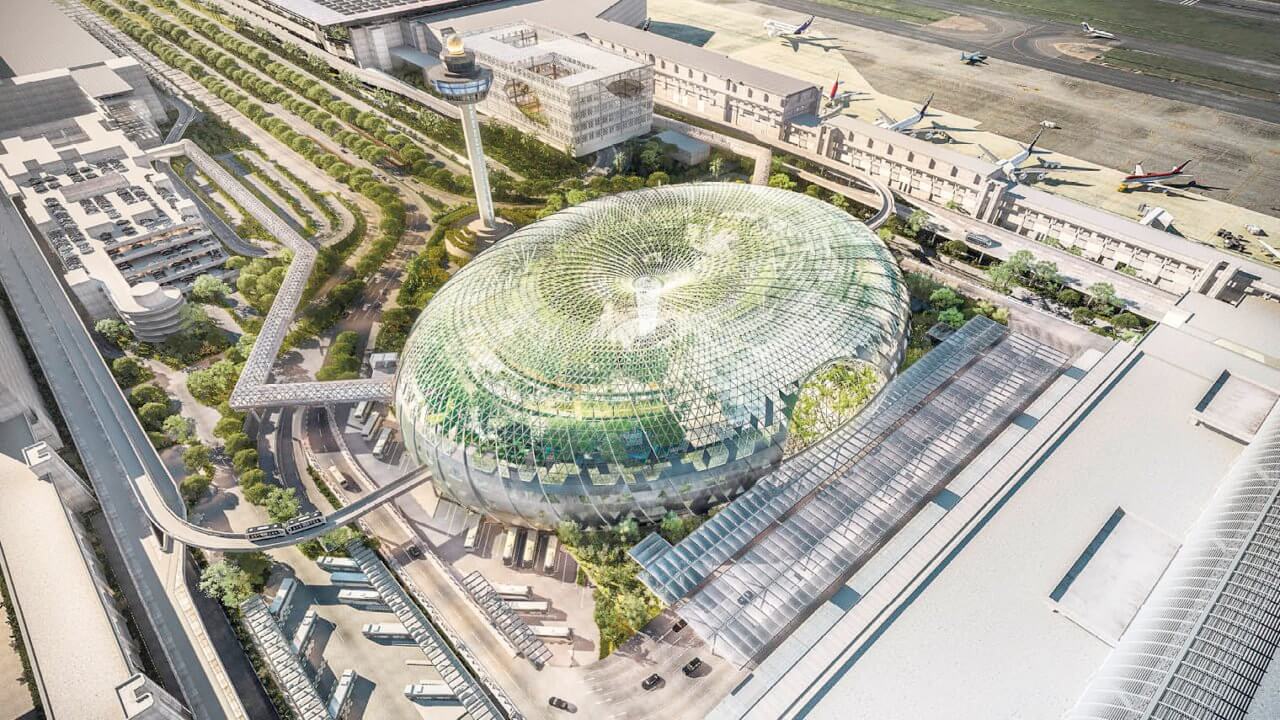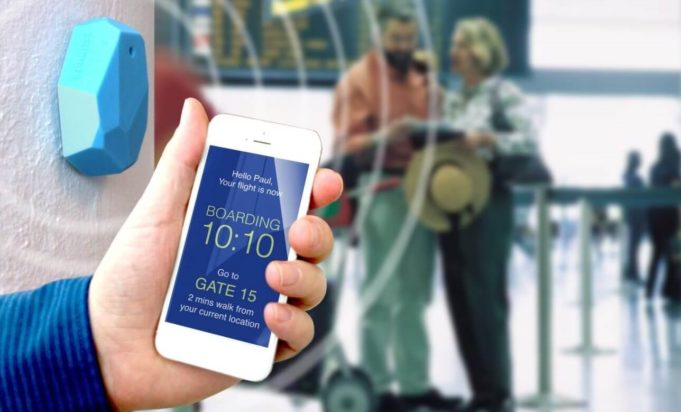Airports around-the-clock functioning is simultaneously complicated, responsible and delicate, which differ it from other entrepreneurship. Also, they have to be profitable but keep customer demands.
Despite being a highly competitive and specific sphere, a percentage of air traffic grows steadily in the global economy, thus airports must become more versatile, progressive and profitable. Exactly because of these reasons airport frameworks must become more bound, technologically oriented and simply available to customers. As a result, airports must unmistakably forecast capacity request, offer an improved passenger travel experience, improve operational efficiency, encourage staff perseverance at work, and last but not least, ensure safeties.
A Vista ahead of the Intelligent Airport
Now it is clear that airports of the coming days will rely on automated and responsive platforms. Moreover, the decision-making process will be improved by the timely access to actionable data. As well as positioning is going to be more customers oriented:
- passengers will have discounts at airport shops, be able to look after the flight and luggage status, queue lengths;
- airport staff will be capable of tracking real-time problems and queues at gates, counters, check-in, and boarding;
- security will integrate into immigration and citizen identity management systems during assisting at workers and customers biometric-based authentication;
- real-time security will be made better by an intelligent airport functions that will help protect passengers and improve crisis management.
5 Hurdles that Intelligent Airports are about to Overcome
1. Capacity Deficiency: in accordance with the Airport Council International (ACI) a travel demand is growing steadily both in terms of passenger numbers and air cargo. Thus by about a year 2020, an essential travel services infrastructure is supposed to be insufficient in 15 %.
2. Unpleased Customers: passengers won’t have any reason to get nervous during their waiting time for security, due to an auto-tracking technology like barcodes, sensors, and RFIDs that allow passengers to pursue and look up for their luggage.
3. Reducing Profit: airports can improve customer spend by dividing commercial promotions or special offerings delivered directly to the user’s device. Soon, popular spots in the airport will be located through Bluetooth and WI-FI access places, consequently the placement of concessions, profitable shops and self-service vending machines will be accurate depending on their need.
4. Enhanced Rivalry: year-by-year online sites and mobile Apps constantly and reliably improve marketing and support airports’ names, so integrated analytics systems will let airports find out spots that need to be improved and attract a wider range of passengers.
5. Old and Insecure IT Infrastructure: multi-channel collaboration tools, sensors, the cloud, and preventive analytics enable stuff to observe the operational performance in real time and mark problems, if necessary. Moreover, it gives customers an excess of the real-time notifications on airport occasions, lowering the possibility of unpredictable situations.

Technologies Improving Airport Productivity
Future airports will be based on the multiple intersecting digital and automation technologies that will come about hurdles ahead focusing on customer experiences improvement and operational efficiencies and accordance.
As a current case, airports of Las Vegas, Amsterdam, and Hong Kong can be used. They have radio-frequency identification (RFID) that tracks luggage, helps sort it correctly and enlarge the capacity of current luggage systems.
In order to turn intelligence airports into life, an “Intelligent Airport Innovation Council” for persistent technology improvement needs to be established. In general, today a profound sample of an intelligent airport organization with flexibility, integration, autonomy, analytics, and collaboration is in a demand.






